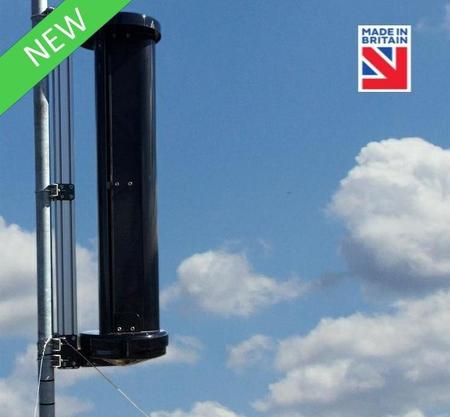Blog
How Mini Wind Turbines Can Power Your Home: A Beginner's Guide to Sustainable Energy
In an era where sustainable energy solutions are becoming increasingly vital, mini wind turbines present a promising option for homeowners looking to harness the power of nature. These compact devices utilize wind energy to generate electricity, offering a clean and renewable alternative to traditional energy sources. By integrating a mini wind turbine into your home energy system, you can significantly reduce your carbon footprint, lower your utility bills, and contribute to a more sustainable future.
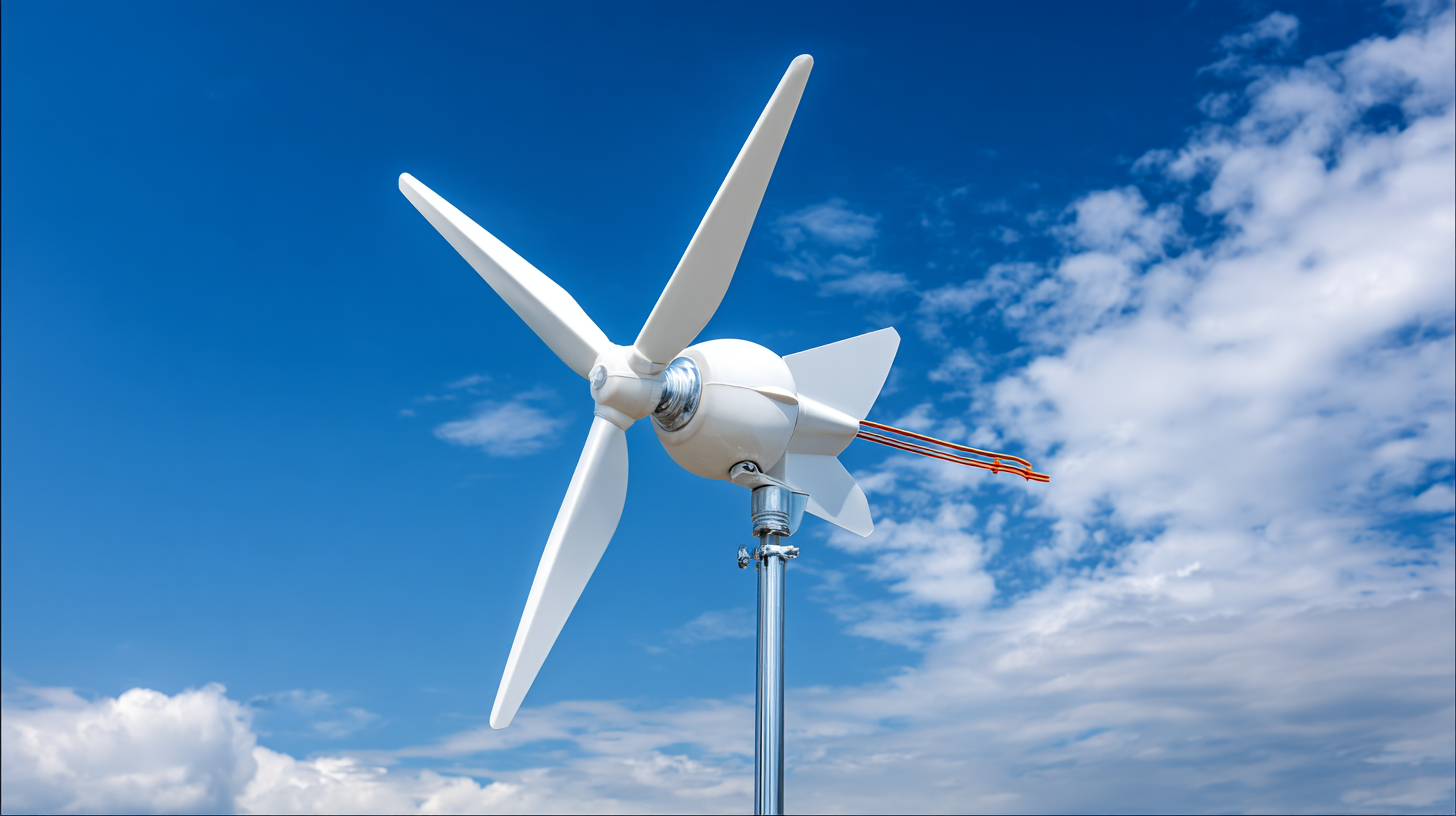
In this beginner's guide, we will explore the benefits of mini wind turbines, their installation process, essential considerations for selecting the right model, and practical tips for maximizing their efficiency. Whether you're a seasoned DIY enthusiast or just starting your journey into renewable energy, understanding how mini wind turbines work will empower you to make informed decisions that can lead to a greener lifestyle.
Understanding Mini Wind Turbines: Basics and Benefits for Homeowners
Mini wind turbines have emerged as an effective solution for homeowners looking to transition to sustainable energy. These smaller-scale wind energy systems are designed to generate power for residential use, making them an excellent addition for those interested in reducing their carbon footprint. By harnessing wind energy, homeowners can lower their electricity bills and achieve greater energy independence.
When considering a mini wind turbine, it's essential to understand the various benefits they offer. Not only do they produce clean energy, but many local governments provide incentives for installing renewable energy systems. This can help offset initial costs. Moreover, mini wind turbines can be installed in various locations, making them a versatile option for different properties.
Tips for Homeowners: Before purchasing a mini wind turbine, evaluate your property's wind resources. It's crucial to ensure that your location receives sufficient wind speeds to make the system efficient. Additionally, consider local zoning regulations that may affect turbine installation. Lastly, explore financing options and incentives available in your area, as these can make adopting wind energy more affordable and accessible.
Assessing Your Wind Energy Potential: Factors to Consider Before Installation
When considering the installation of mini wind turbines for residential power generation, it’s crucial to assess your wind energy potential. Key factors to evaluate include average wind speed, local geography, and surrounding obstructions. According to the American Wind Energy Association, a minimum average wind speed of 9 mph is generally required for small turbines to be effective. Homeowners can utilize tools like an anemometer to measure wind speeds over several months, determining if conditions are suitable for generating sustainable energy.
Additionally, the local landscape plays a significant role in wind energy potential. Turbines should ideally be situated at least 30 feet above any nearby obstacles such as trees or buildings to maximize airflow. The U.S. Department of Energy notes that even a small obstruction can reduce turbine efficiency by up to 30%. Moreover, understanding local zoning regulations and obtaining the necessary permits is essential. Some regions have specific restrictions regarding turbine height and placement, which may impact your decision to install a wind power system. By carefully evaluating these factors, homeowners can make informed choices about integrating wind energy into their sustainable living practices.
How Mini Wind Turbines Can Power Your Home: A Beginner's Guide to Sustainable Energy
| Factor | Description | Importance Level |
|---|---|---|
| Wind Speed | Average wind speed in your area, ideally 12 mph or higher. | High |
| Site Location | Proximity to obstacles like buildings or trees that can block wind. | Medium |
| Height of Installation | Height affects wind exposure; taller turbines generally capture more wind. | High |
| Local Regulations | Check local zoning laws and permits required before installation. | High |
| Environmental Impact | Assess wildlife and habitat considerations in the planned area. | Medium |
| Energy Needs | Determine your household energy consumption to size the turbine correctly. | High |
| Budget | Initial investment costs and expected return on investment. | Medium |
Selecting the Right Mini Wind Turbine for Your Home Needs
When selecting the right mini wind turbine for your home needs, it's essential to consider several key factors to ensure optimal energy production. According to the U.S. Department of Energy, mini wind turbines can generate 400 to 1,000 kWh annually, making them a viable option for supplementing your household energy. Assessing your average energy consumption will help you determine the appropriate turbine size; typically, a turbine rated between 400W to 2kW will suffice for many homes.
Tip: Before making a decision, check local zoning regulations and building codes regarding the installation of wind turbines. Some areas may have restrictions based on height or placement, which can significantly affect your setup's efficiency.
Another crucial factor is the wind resource at your property. A site assessment will help evaluate the average wind speeds in your area, which ideally should be at least 10 mph for effective energy generation. The National Renewable Energy Laboratory reports that wind turbines have the best performance at speeds between 12 to 30 mph.
Tip: Look for wind measurement tools or consult with local energy consultants to get accurate wind data before investing in a turbine. This ensures you choose the right turbine that aligns with your specific geographic conditions and energy requirements.
Installation Process: Steps to Setting Up Your Mini Wind Turbine
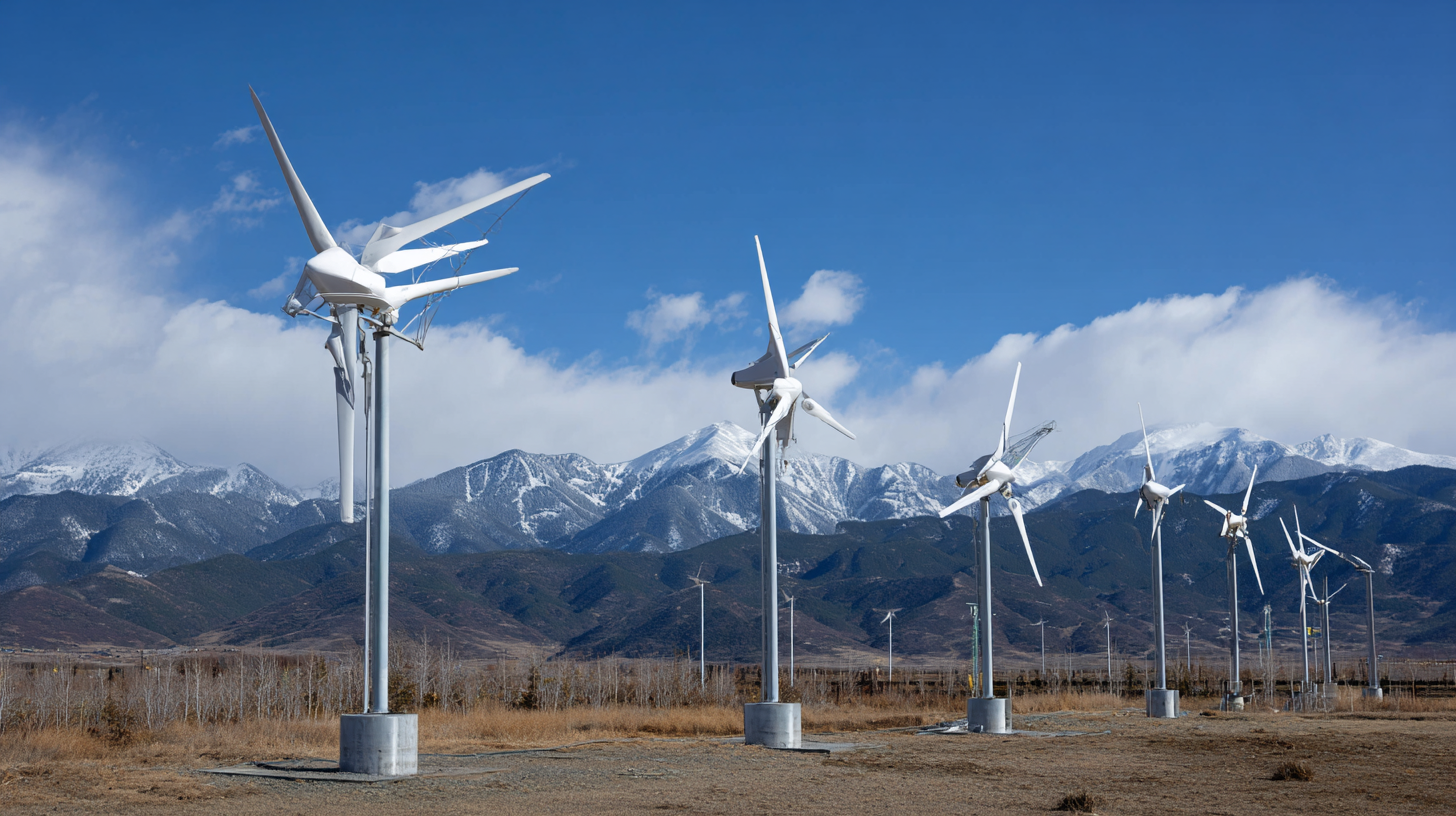 Setting up a mini wind turbine to harness sustainable energy for your home can seem daunting, but by breaking it down into manageable steps, the process becomes straightforward. Firstly, it’s crucial to assess your location’s wind energy potential. Analyze wind patterns in your area, as consistent winds of at least 9 mph are optimal for effective turbine operation. Once you’ve determined your site’s viability, you can choose the appropriate turbine size and type based on your energy needs and local regulations.
Setting up a mini wind turbine to harness sustainable energy for your home can seem daunting, but by breaking it down into manageable steps, the process becomes straightforward. Firstly, it’s crucial to assess your location’s wind energy potential. Analyze wind patterns in your area, as consistent winds of at least 9 mph are optimal for effective turbine operation. Once you’ve determined your site’s viability, you can choose the appropriate turbine size and type based on your energy needs and local regulations.
The next phase involves gathering the necessary permits and materials. Depending on your location, consult local regulations to ensure compliance with zoning laws and building codes. Ensure you have all required tools and components, including the turbine itself, a mounting pole, and wiring. After securing permits, begin with the installation by selecting a suitable location, ideally elevated and away from obstructions like trees and buildings. Properly mount the turbine on the pole, ensuring it is stable and can withstand local weather conditions. Finally, connect the turbine to your home’s power system, and monitor its performance to optimize energy production.
Maintaining Your Mini Wind Turbine: Tips for Long-term Efficiency and Performance
To ensure long-term efficiency and performance of your mini wind turbine, regular maintenance is essential. Start by conducting visual inspections at least once a month. Look for signs of wear and tear, such as frayed wires or loose bolts. Maintaining the integrity of the turbine’s structure is crucial for optimal energy production and preventing future costly repairs.
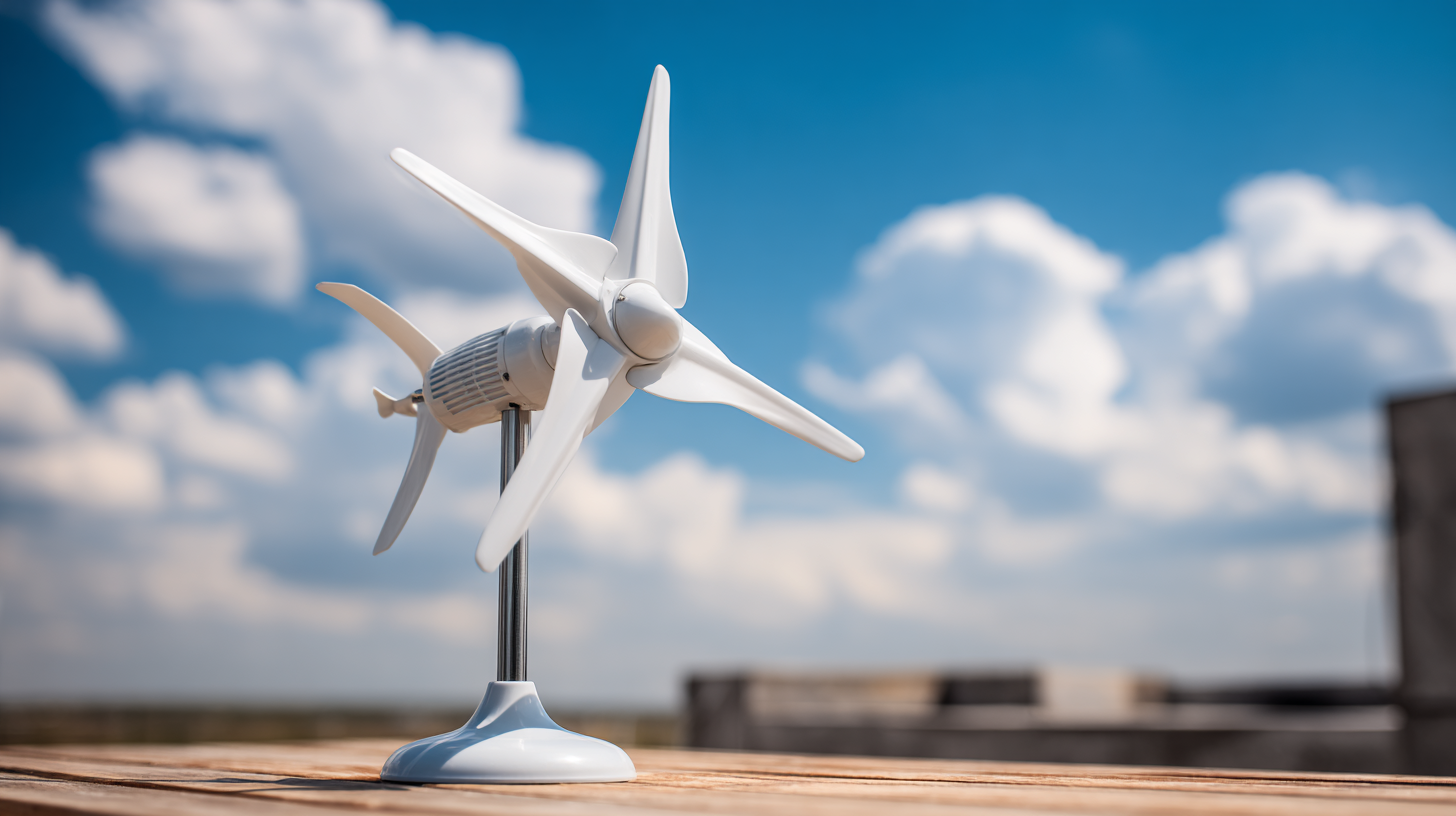
Another key maintenance tip is to clean the turbine blades regularly. Dust and debris can accumulate over time, reducing the blades' ability to capture wind effectively. Use a soft cloth or sponge with mild soap and water to clean the blades, ensuring that they are free from any obstruction. In addition, check for any unusual noises during operation, as this could indicate mechanical issues that need to be addressed promptly.
Lastly, pay attention to the positioning of your mini wind turbine. Trees, buildings, or other obstacles can hinder wind flow. If you notice a decline in energy production, it may be beneficial to relocate the turbine to a more open area where it can effectively harness the wind's energy. Taking these steps will help maximize the performance of your mini wind turbine, ensuring it delivers sustainable energy to your home for years to come.
Related Posts
-
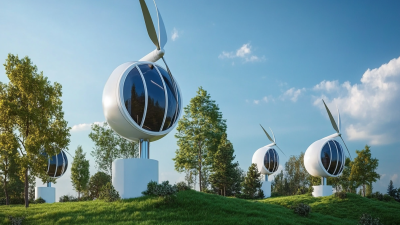
Unlocking the Potential of Micro Wind Turbines for Sustainable Energy Solutions
-

Micro Wind Turbine Innovations to Watch at the 138th Canton Fair 2025
-
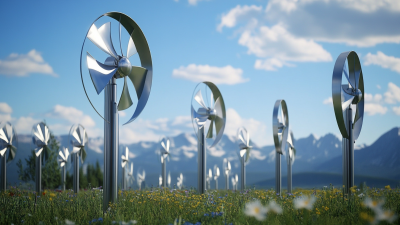
Unique Applications of Personal Wind Turbines in Sustainable Living
-
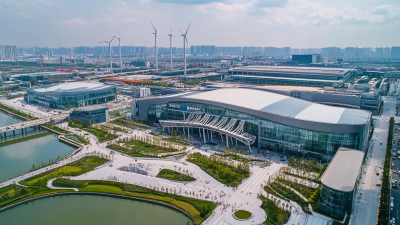
Top 10 Mini Wind Turbine Manufacturers from China at the 137th Canton Fair
-
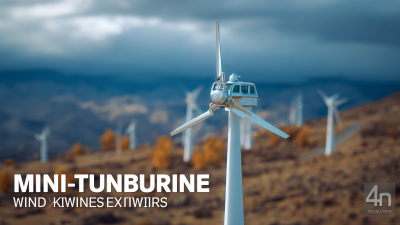
Globally Exported Mini Windturbines Crafted with Pride in China
-
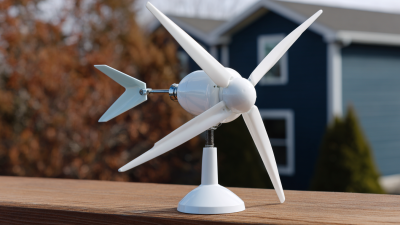
Harnessing Sustainable Energy with Mini Wind Turbines for Homeowners to Reduce Energy Costs
Tell us about your project
Our Off-grid experts will come back with recommendations





